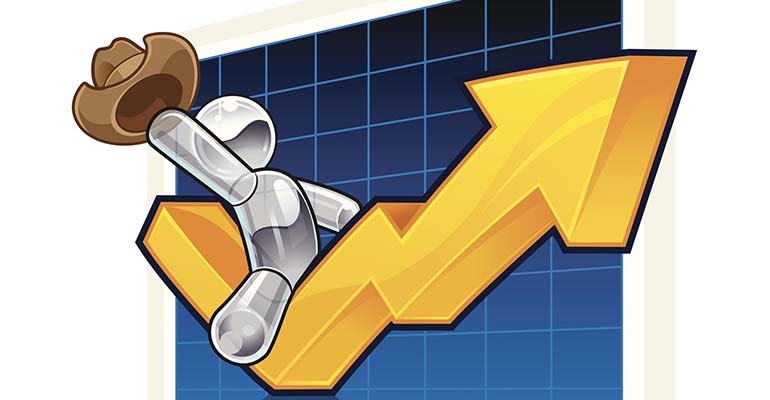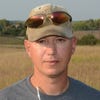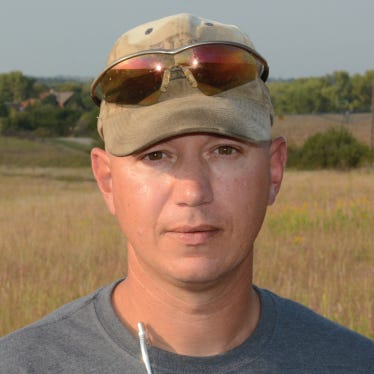July 22, 2022

Earlier this week I wrapped up another Sell/Buy Marketing school. We had a sold-out crowd from all over the United States. Even though they are all cattle people some are facing situations that are polar opposites of each other.
Some traveled from areas of severe drought and don’t currently have any animals at their place. They get here, southeast Nebraska, and I am on the cusp of cursing the rain. I heard a lot of comments about how green it was here and how good the crops look. Some showed me pics on their phones and those visuals really struck me.
One of the things I talk about in the schools is the inventory triangle and how feed is a part of the base of our business. Imagine this, a triangle that looks like a pyramid and we section off the two bottom corners. On one side we label that section feed and the other we label money. This is the base. When we run out of feed our base crumbles and our triangle will collapse.
I have some slides where I briefly discuss grazing management and the benefits of it. Better grazing management can help protect our Biological Capital or grass. I really love the term Biological Capital that Walt Davis came up with because right away it implies that the grass has value.
There were some in the class who shared that the only reason they have the grass they do right now is because of a grazing plan. Their neighbors who do not have a grazing plan/program are out of grass and facing the tough decision of buying hay to be delivered or selling their cows.
If we take money from the other side of the base of our triangle and buy hay, we begin to deplete that side of the triangle, and we could run the risk of the triangle collapsing that direction. We will never get in trouble if we have to much feed and too much money. The base will remain solid. We can get into a huge amount of trouble by having too many cattle and not enough feed or money.
Considering your feed program
Here is an extremely important question to answer: Are we devaluing our feed by feeding it? This is why I mention the Value of Gain (VOG) every week on this column, and the appreciation/depreciation values of breeding stock when I get to see some sell. If we are going to be in the livestock business, we are effectively in the feed business. If we have an animal standing around it’s going to eat. That animal must be helping us capture the value of that feed.
After seeing the pics some people showed me this week of the drought at their home place, I was really bothered by some of what I am seeing here at home. There are some people here that have no grass, and really haven’t had any all year, even with the abundant rainfall we have had. The reason is the management decisions they made in the drought of 2012. And we have seen these poor decisions compound upon themselves for the last decade. Some of the pastures once full of valuable grass are now covered in weeds. In fact the practice now is to go out there with a tractor and shredder and mow the weeds down.
I saw this on Twitter last week: “When the tide goes out you discover who’s been swimming naked” - Warren Buffet. The person who tweeted that continues on to compare it to pastures and how they respond to minor drought stress making management history pretty clear.
When I first heard the term “desertification” I didn’t buy into it. Think of the situation I just described above, years ago beautiful grass and today we are mowing weeds. With all the rainfall we’ve had here not much of it is soaking into that weed patch. That is what desertification looks like. Biological Capital is being drained from the base of the triangle and it’s going to collapse.
One day I was on the phone with a buddy, and we were discussing the value of grass. After about an hour he brought that conversation in for a great landing when he said, “if we don’t take care of our grass we won’t have a ranch to pass on to our kids”. A family legacy could very well be tied to the base of the inventory triangle
I saw another great quote on Twitter last week “I live my life every day like it may be my last, but I treat my ranch like I will live forever.”
A view from the markets
Looking at market reports from the week in the plains states it is clear the VOG is covering the Cost of Gain (COG) up to 700- to 900-pounds depending on the auction. The VOG is not as high as it recently was, currently it is not paying as well to put weight on. I should clear one thing up, when I discuss VOG we are not actually trading yet we are just determining if it pays to put weight on the animals, and spot price cliffs where it no longer pays to feed weight on. Which brings us back to that adding value to our feed or devaluing our feed by feeding it to them.
In the South VOG was much different. It was quite a bit higher on cattle weighing up to 600-pounds before tapering off. With the COG being cheaper in the South there is some serious value capture there with the lighter weight calves.
Even though fats gave up a little ground again this week the profitable buy back relationship of the bigger feeder heifers is still in place. Another thing I need to clear up is the COG used in calculations is attached to the animal sold. We are not projecting a COG on the animal we are buying. This is why sell/buy works, because it is real time not a guessing game
Feeder bulls were 25-35 back this week and unweaned cattle were 5-20 back. The bigger the bawling calf the bigger the discount. Huge weaning weights equal small checks right now.
Heading to Husker Harvest Days? You can catch Doug Ferguson live each day at 12:15 has he offers ways to put more money in your wallet with sell/buy marketing. And it’s your chance to talk with him each day. Husker Harvest Days runs Sept. 13 – 15 near Grand Island, Neb. Make plans to attend.
The opinions of Doug Ferguson are not necessarily those of beefmagazine.com or Farm Progress.
About the Author(s)
You May Also Like






